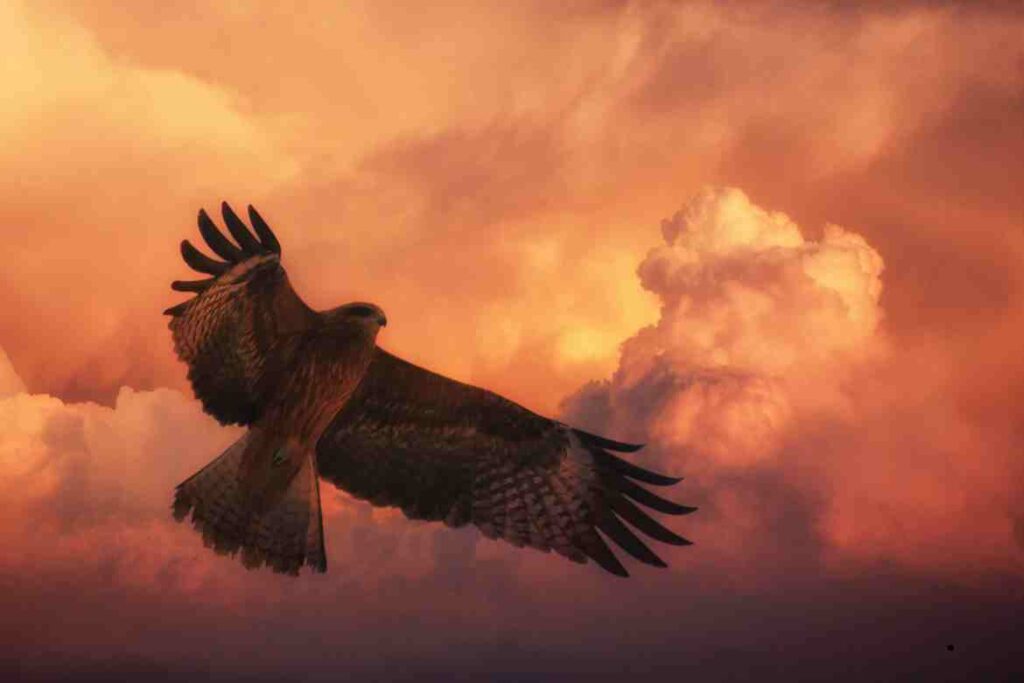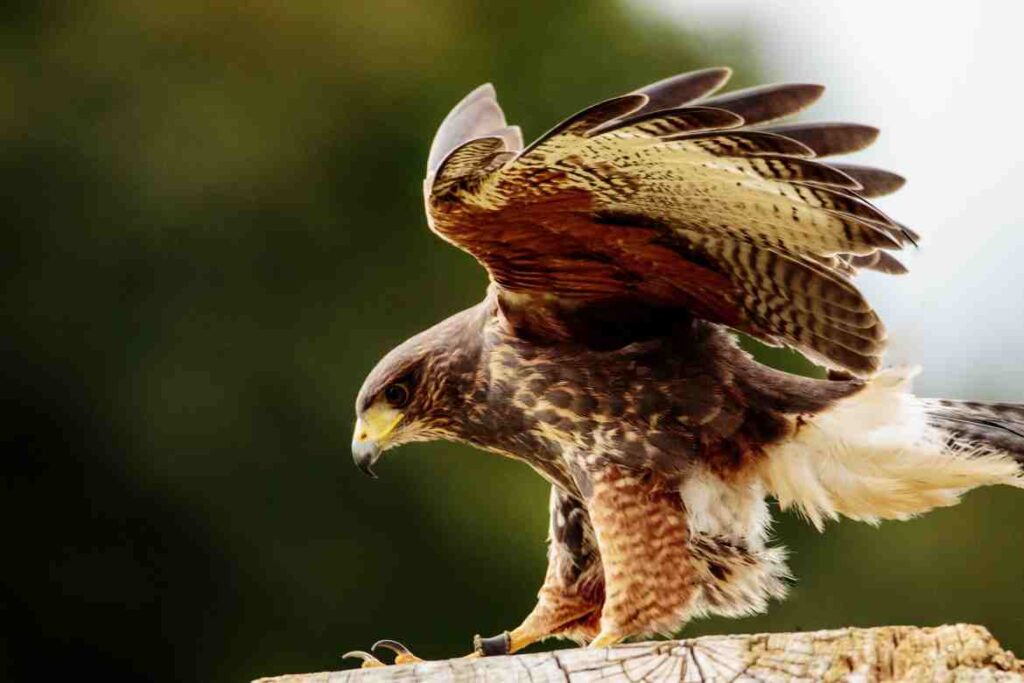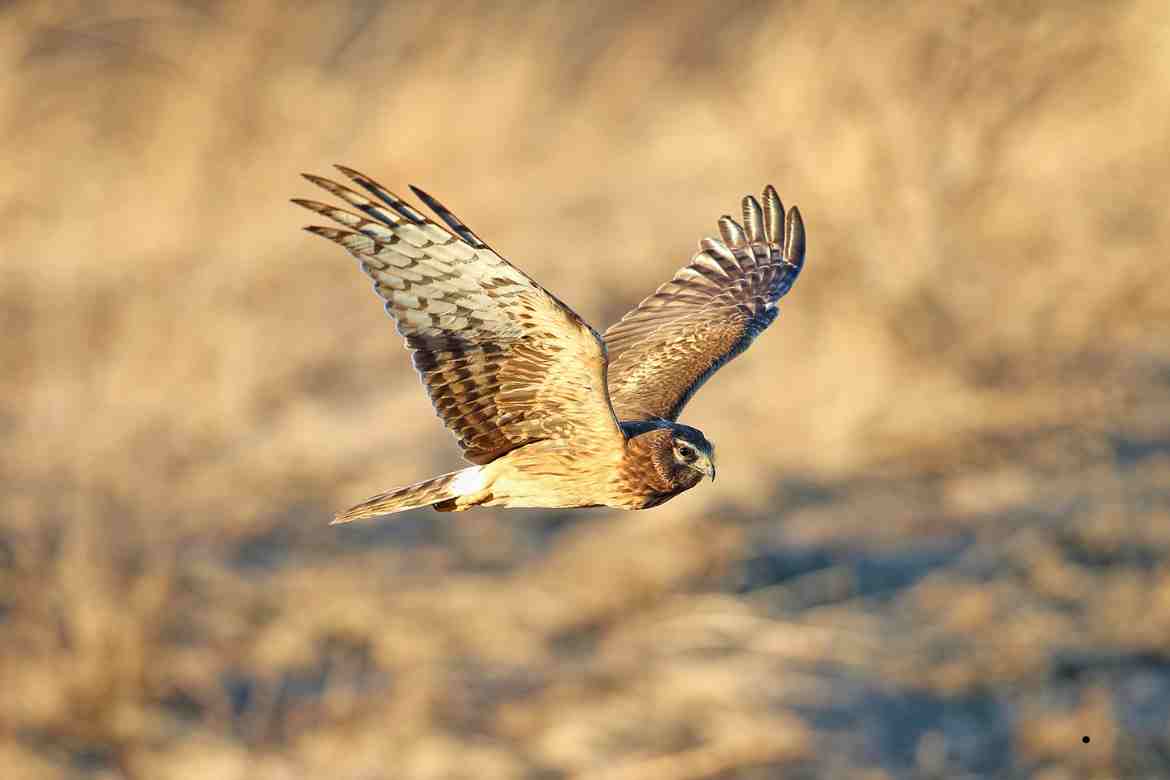Hawks are among the most fascinating birds of prey, captivating birdwatchers and nature enthusiasts with their impressive hunting skills and striking appearance. Known for their sharp eyesight, incredible flight abilities, and diverse habitats, the hawk bird plays a vital role in the ecosystem. In this article, we will explore the different types of hawks, their characteristics, hunting techniques, and their importance in nature.
Understanding Hawks

Hawks bird belong to the family Accipitridae, which also includes eagles, kites, and vultures. They are found in various environments, from forests and grasslands to deserts and urban areas. Hawks are known for their keen eyesight, which allows them to spot prey from great distances.
Types of Hawks
There are several species of hawks, each with unique traits and habitats. Some of the most well-known types include:
- Red-tailed Hawk: Easily recognizable by its reddish-brown tail, the Red-tailed Hawk bird is one of the most common hawks in North America. They thrive in open fields and are often seen perched on telephone poles or soaring in the sky.
- Cooper’s Hawk: This medium-sized hawk is known for its agility and speed. Cooper’s Hawks primarily hunt small birds and are often found in wooded areas and suburban environments.
- Sharp-shinned Hawk: Similar in appearance to the Cooper’s Hawk, the Sharp-shinned Hawk is smaller and has a more slender body. They are skilled hunters, often pursuing their prey through dense vegetation.
- Harris’s Hawk: Known for their social behavior, Harris’s Hawks are unique in that they often hunt in groups. They are typically found in the southwestern United States and are known for their striking plumage and cooperative hunting techniques can ducks fly.
Characteristics of Hawks

Hawks birds are distinguished by several physical characteristics that aid in their hunting and survival.
Sharp Talons and Beaks
Hawks possess powerful talons and sharp, hooked beaks designed for catching and tearing apart prey. Their talons are essential for grasping and holding onto their catch, while their beaks allow them to efficiently consume their food.
Exceptional Vision
One of the most remarkable features of the hawk bird is its incredible eyesight. Hawks have excellent vision that enables them to detect movement and spot prey from great distances. Their eyes can see ultraviolet light, which helps them identify trails left by small animals such as summary/hawk-birds.
Adaptability
Hawk bird are highly adaptable birds that can thrive in various environments. They can be found in remote wilderness areas as well as urban landscapes, showcasing their ability to adjust their hunting and nesting behaviors to different habitats.
Hunting Techniques of Hawks
Hawks are skilled hunters, employing various techniques to catch their prey. Their hunting methods largely depend on their species and environment.
Soaring and Gliding
Many hawks, such as the Red-tailed Hawk, use a technique called soaring, where they ride thermal updrafts to gain altitude. From this vantage point, they can survey the ground below for potential prey. Once they spot something, they can dive down quickly to catch it.
Stealth and Surprise
Cooper’s Hawks and Sharp-shinned Hawks often rely on stealth and surprise when hunting. They may perch quietly on a branch or hide among foliage, waiting for unsuspecting birds to come within striking distance. This ambush technique allows them to take advantage of their agility and speed.
Group Hunting
Harris’s Hawks are known for their unique group hunting behavior. By working together, they can corner prey and increase their chances of a successful hunt. This cooperative strategy sets them apart from many other hawk species.
The Role of Hawks in the Ecosystem
Hawk bird play an essential role in maintaining the balance of ecosystems. As top predators, they help regulate the populations of their prey species, contributing to a healthy environment.
Population Control
By preying on small mammals and birds, hawks help control their populations. This regulation prevents overpopulation, which can lead to habitat degradation and resource depletion.
Biodiversity
The presence of hawks in an ecosystem is a sign of biodiversity. They contribute to the overall health of the environment by ensuring that prey populations remain balanced, which supports a diverse range of species.
Conservation and Protection of Hawks
Despite their adaptability, many hawk species face threats from habitat loss, climate change, and human activities. Conservation efforts are crucial to protect these magnificent birds.
Habitat Preservation
Preserving natural habitats is vital for the survival of hawks. Protecting areas where they hunt, nest, and breed ensures that they have the resources they need to thrive.
Education and Awareness
Raising awareness about the importance of hawks in the ecosystem is essential. Educational programs can help people understand the role of these birds and inspire conservation efforts.
Legal Protection
Many hawk species are protected by law, making it illegal to hunt or harm them. Ensuring that these protections are enforced is crucial for their long-term survival.
Conclusion
In conclusion, the hawk bird is a remarkable creature with impressive hunting skills, adaptability, and a vital role in the ecosystem. Understanding their characteristics, hunting techniques, and the importance of conservation can help us appreciate these magnificent birds even more. By preserving their habitats and raising awareness about their significance, we can ensure that hawks continue to thrive for generations to come. Whether you’re an avid birdwatcher or simply curious about wildlife, observing hawks in their natural environment is a rewarding experience that showcases the beauty and complexity of nature.
- Male Black Widow Spider Markings - March 23, 2025
- Mexican Red Headed Bird: A Brilliant Avian Wonder - January 16, 2025
- Can Turkeys Eat Bread? - January 15, 2025








